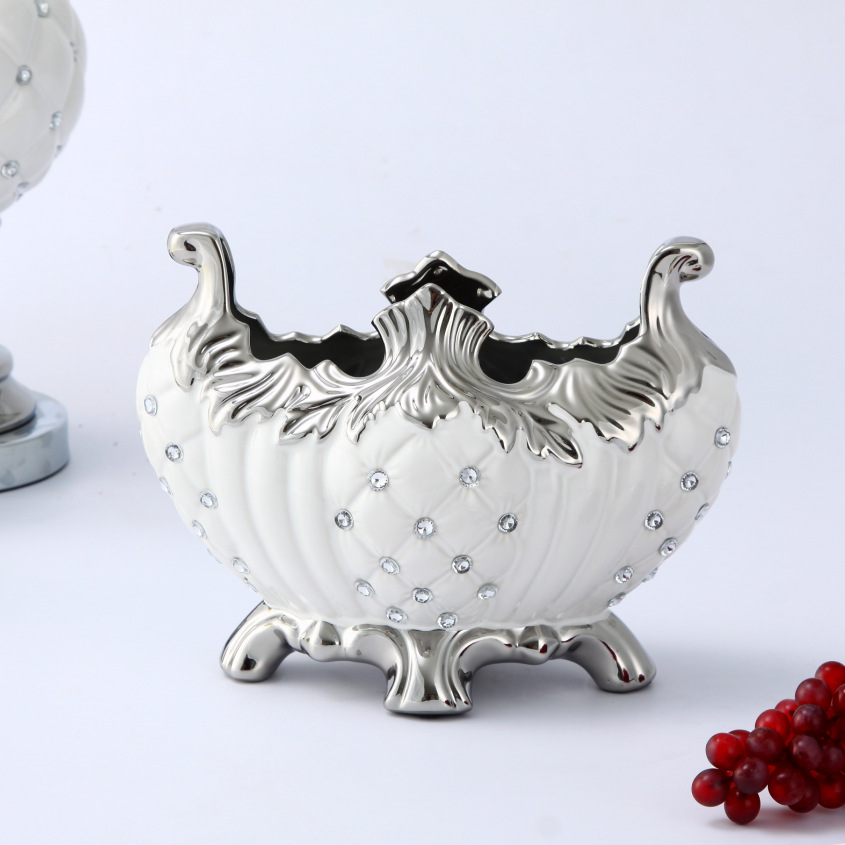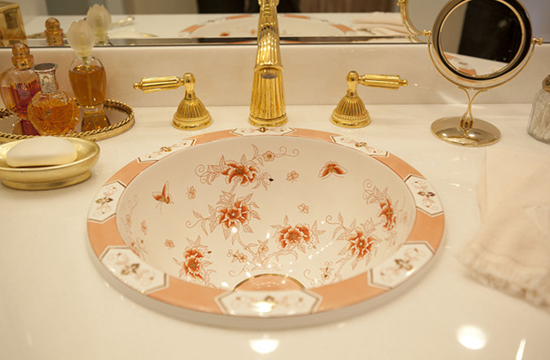Ceramic tiles are expected to be light and thin

In recent years, the concept of energy saving and emission reduction has been deeply rooted in the hearts of the people. As a major energy consumer of traditional building materials, the ceramic industry has also joined the ranks of energy conservation and environmental protection, and is undergoing a shift in product thinning.
In recent years, the concept of energy saving and emission reduction has been deeply rooted in the hearts of the people. As a major energy consumer of traditional building materials, the ceramic industry has also joined the ranks of energy conservation and environmental protection, and is undergoing a shift in product thinning.
Relevant people in the industry believe that in order to save energy and reduce emissions, the ceramic industry must implement “thinning†projects on products. However, some people are worried that the quality of the thinned products will be reduced, and whether consumers and the market can accept it...
Affected by factors such as technology and consumer attitudes, the mainstream tiles on the market are still thick tiles. However, with the gradual transformation of the inherent concept and the promotion of thinning ceramic tiles, the prelude of thin and light ceramic tiles has gradually opened.
Consumption concept needs to be changed

In many building materials stores, the thickness of current mainstream tile products is basically the same. In terms of common tile specifications, the thickness of wall tiles is 300×300 (mm), the thickness is generally 9mm, and the width of 300×450 (mm) is 10mm. The thickness of 600 × 600 (mm) is generally 10 mm, and that of 800 × 800 (mm) is 12 mm. A brand salesperson said that the thickness of most ceramic tiles is currently almost the same. Generally speaking, the smaller the size of the tile, the thinner the tile will be. The larger the specification, the thicker the surface, and the surface is made of special techniques such as engraving and relief. Tiles, in order to ensure the quality of the product, the thickness must be thicker than the average tile.
In a brand product showroom, when a consumer asks if the tile is thicker and more real-time, the salesperson said that as long as the product passes the test, the quality is passed, and the product quality has little to do with the thickness. For the current trend of thin and light ceramic tiles, some consumers said that the thinning of the tiles is a matter of a few millimeters. The effect is not obvious for saving space, but it is thicker and more solid in terms of experience.
In fact, “seeing thickness†is the main method for many consumers to judge the pros and cons of ceramic tiles. Most consumers think that the thicker and more durable the ceramic tile, the thicker the better the quality, which also makes many companies form “thick bricks and better qualityâ€. Sales concept. After the “thinning†of ceramic tiles, how can enterprises reverse the impression of consumers? Some companies said that after the thinning of ceramic tiles, the most worrying thing is that consumers think that the strength and service life of products will be reduced, resulting in thinning products being marketed and consumed. Rejection. The Marco Polo tile sales staff at the company's headquarters in the company said that the traditional ceramic tiles on the market generally have a thickness of 10 to 12 mm, while the thickness of the thin bricks is about 1/3 to 1/2 of that of traditional ceramic tiles, but the price of thin bricks is higher than that of ordinary tiles. About twice as high, most consumers still choose ordinary tiles.
Insiders pointed out that the thinness of ceramic tiles, consumers and the market are decisive factors. In fact, according to current technology and processes, the strength of tiles does not require this thickness, but consumers and the market need an acceptance process. Some ceramic companies say that whether a tile is low-carbon and whether the production process is energy-saving, consumers may not care much. “Consumers are genuine products that buy goods. They don’t consider whether production is energy-efficient. No one wants to pay a high price to buy a product that can’t bring more benefits to themselves.â€
In fact, the thinning of the tiles is not a simple way to cut the ceramic tiles into two. There are still many technical problems that need to be improved. For example, the strength of product stamping is not enough. The tile after thinning is likely to have problems in bearing capacity and water absorption rate. The same production line may not be suitable for the production of thin ceramic tiles. Behind the promotion of thin ceramic tiles, it is actually a enterprise. The problem of new product lines or production equipment replacement.
The Book Cover is the outermost layer of the book, including A4,A5,B5 and other sizes.The cover can protect the book from damage and has an aesthetic effect.Our company's book covers are made of PP and PVC, with exquisite patterns and solid quality, supporting customized LOGO.The book cover has a small pocket with a built-in information card. It is suitable for school students to use.
Book Cover
Plastic Book Cover,Book Cover,Pvc Book Cover,Printed Book Cover
shaoxing chaofeng stationery manufacturing CO.,LTD. , https://www.chaofengstationery.com
